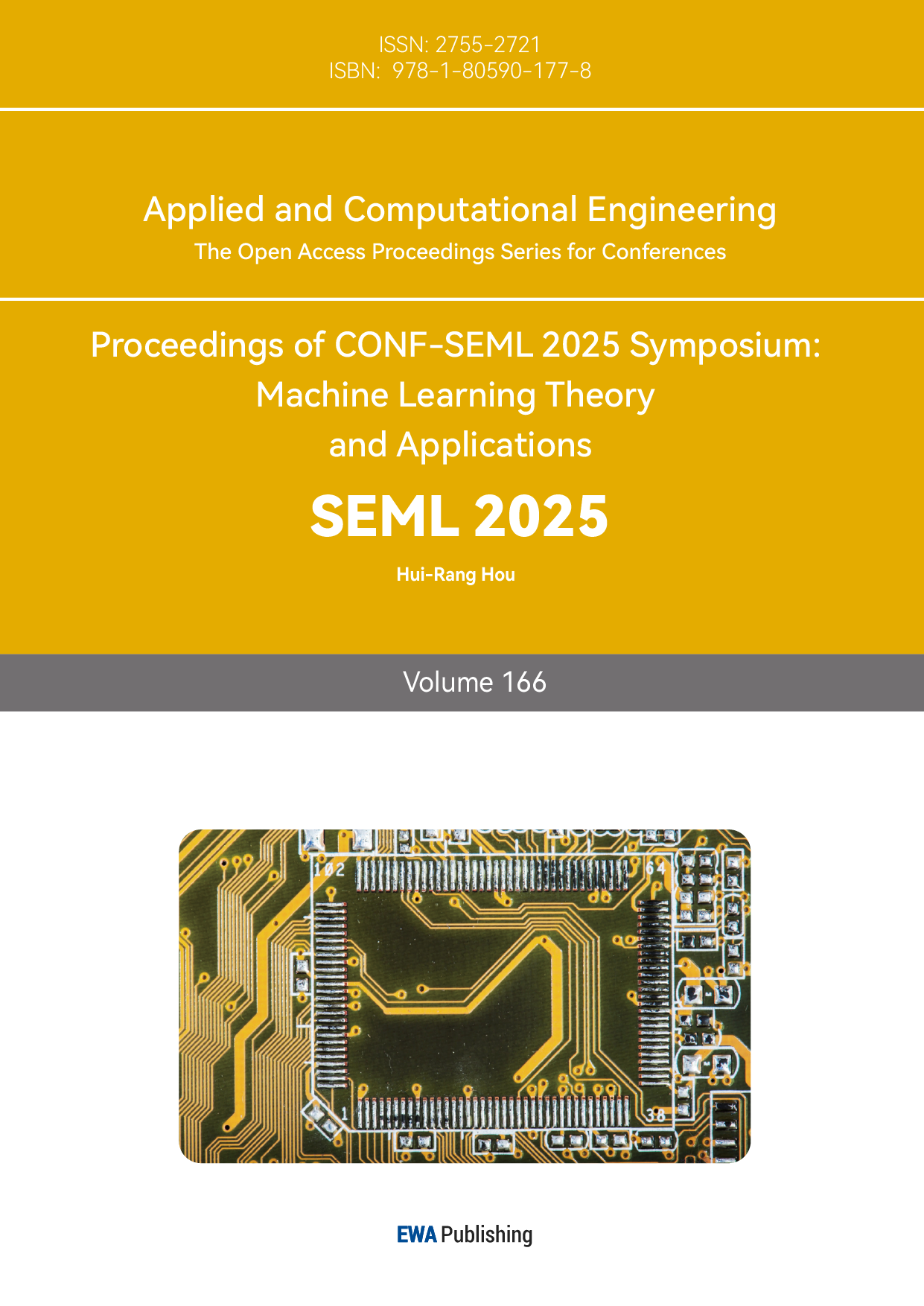References
[1]. Maganioti, A.E., Chrissanthi, H.D., Charalabos, P.C., Andreas, R.D., George, P.N. and Christos, C.N. (2010)
[2]. Verma, S. (2021) Artificial intelligence and music: History and the future perceptive. International Journal of Applied Research, 7(2), 272-275.
[3]. Hiller, L. (2025) Electronic music. In Encyclopedia Britannica.
[4]. Ji, S., Luo, J. and Yang, X. (2020) A comprehensive survey on deep music generation: Multi-level representations, algorithms, evaluations, and future directions. arXiv preprint arXiv: 2011.06801.
[5]. Jarrett, S. and Day, H. (2024) Music composition for dummies. John Wiley & Sons.
[6]. Efe, M. The History of Artificial Intelligence in Music. MÜZİK ve GÜZEL SANATLAR EĞİTİMİ, 33.
[7]. Fox, M., Vaidyanathan, G. and Breese, J.L. (2024) The impact of artificial intelligence on musicians. Issues in Information Systems, 25(3).
[8]. Martin, E. and Avila Rojas, L. O. (2022) Tools for AI Music Creatives: Mapping the field.
[9]. Gera, S. (2025) The Impact of Artificial Intelligence on Music Production: Creative Potential, Ethical Dilemmas, and the Future of the Industry.
[10]. Geelen, T.V. (2020) Motivations for using Artificial Intelligence in the popular music composition and production process (Master's thesis).
[11]. Milošević, M., Lukić, D., Ostojić, G., Lazarević, M., and Antić, A. (2022) Application of cloud-based machine learning in cutting tool condition monitoring. Journal of Production Engineering, 20-24.
[12]. Borra, P. (2024) Advancing data science and AI with azure machine learning: A comprehensive review. International Journal of Research Publication and Reviews, 5(6), 1825-1831.
[13]. Turgay, E. Y. (2024) The Use of Artificial Intelligence Techniques for the Creation of Soundtracks from Videos.
[14]. Karpov, N. (2020) Artificial Intelligence for Music Composing: Future Scenario Analysis.
[15]. Frid, E., Gomes, C. and Jin, Z. (2020) Music creation by example. In Proceedings of the 2020 CHI conference on human factors in computing systems (pp. 1-13).



